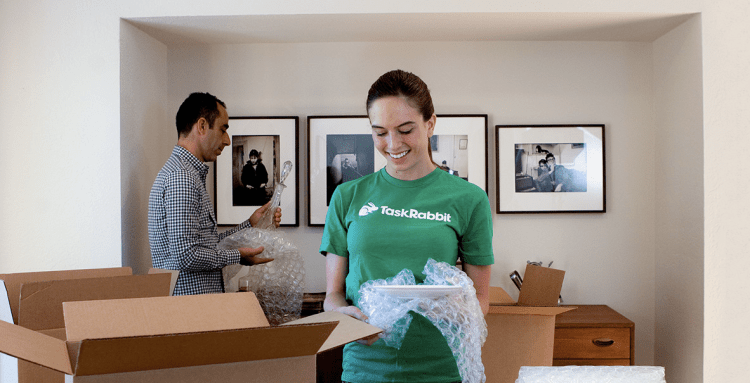The “sharing economy,” “freelance economy,” or “gig economy” are all buzzwords meant to describe a group of startups that act as brokers — marketplaces for small jobs.
Whether it’s Uber and Lyft connecting drivers with people who need jobs, or TaskRabbit and Fiverr connecting workers with people who need things cleaned, fixed, or installed, these companies tout their ability to help consumers save money while providing a new class of earning opportunities for the people doing those jobs.
But, as Fast Company discovered in March, 2014, it can be difficult to piece together enough work to make a living wage with these companies.
This weekend, the New York Times makes a similar discovery, with a deeper — and well-balanced — look at these companies and the people who do the work.
These people, whether Uber drivers or TaskRabbit “taskers,” are independent contractors. They are not employees of the companies that provide them with work — so they’re free to come and go as they please, and work on their own schedules. They also receive no benefits and have no stake in the potential upside of these companies if they get acquired or go public.
But the work itself can be a godsend, if you’re willing to work a lot.
One woman profiled by the Times regularly rises at 4 a.m. to check on the jobs available through Uber, Craigslist, TaskRabbit, and other sources. During one weekend shift, she started at 10 a.m. on a Saturday morning and worked through 5 a.m. Sunday morning, a total of 19 hours, earning $263 (before expenses, like gasoline for her car). That’s an average of about $13.83 per hour — not bad, and well above minimum wage. The worker, Jennifer Guidry, is a mom, and made it clear in the article that she’s happy to be able to provide for her family this way.
The Times quotes people on both sides: supporters of the “gig economy” as well as critics.
“If you did the calculations, many of these people would be earning less than minimum wage,” according to Dean Baker, an economist quoted by the Times.
Another economist the Times cites, Guy Standing, calls these workers the “precariat,” in recognition of the precarious nature of their jobs: They don’t know what hours or what jobs they’ll be working from week to week, or even day to day.
The Times also gives voice to the companies’ points of view.
“We have an internal culture of putting drivers first,” John Zimmer, president and co-founder of Lyft, said.
And at least one site, Favor, guarantees a minimum wage of $9 an hour to its workers.
And for the workers interviewed by the paper, many are happy about the opportunity to earn money — sometimes as much as $25 to $35 per hour — with a great deal of flexibility and variety.
“I like my freedom — fixing someone’s cabinet, driving, pulling up weeds, cooking,” Guidry said. “I would not like to do any of those things as a full-time job.”
“It’s a sustainable model for me,” she said elsewhere in the article, referring to her ability to set a higher hourly rate on TaskRabbit than many workers there.
But there’s no doubt that making a decent wage from these gigs requires a lot of work, and a huge time commitment.
While Starbucks recently pledged to make hourly shifts more predictable for its part-time workers, it seems unlikely that Lyft, Uber, TaskRabbit, or any of these other companies will do the same.
And that means that for the people doing this kind of work, they’ll need to remain available for long hours — if they want to put enough work together to replace a fulltime job.


